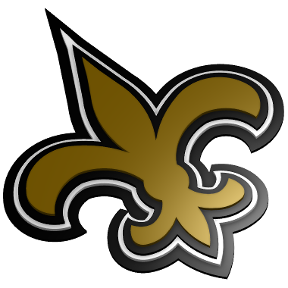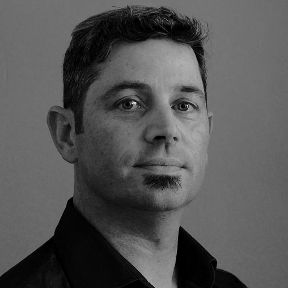Welcome to the Onshape forum! Ask questions and join in the discussions about everything Onshape.
First time visiting? Here are some places to start:- Looking for a certain topic? Check out the categories filter or use Search (upper right).
- Need support? Ask a question to our Community Support category.
- Please submit support tickets for bugs but you can request improvements in the Product Feedback category.
- Be respectful, on topic and if you see a problem, Flag it.
If you would like to contact our Community Manager personally, feel free to send a private message or an email.
Best Of
Re: How to deal with adding a loft guide when sketch is broken in pieces?
Just adding, the selection UI should look something like this if you've picked correctly.
Re: Perspective View
Any update on this? I would like a default setting for this or, at least, a shortcut so I can toggle this quickly. It seems to revert to perpendicular view of its own accord which is inconvenient for those of us who prefer perspective view. Thanks!!
 MannyF
MannyF
Re: Announcing The Onsherpa
Great idea @EvanReese ! You are so helpful here on the forums that I'm sure you will be able to bring even more value with this new venture. Best of luck!
Announcing The Onsherpa
Hi everyone, since we've all interacted so much over the past many years, I thought this would be a good place to announce my new business venture.
After an incredible 8-year journey building Ovyl (where we championed people-centric product development and grew to a multi-million dollar business working with amazing clients like Amazon, Smile Direct Club and Tesla), I'm thrilled to announce my next chapter: The Onsherpa.
As many of you know, I'm passionate about the power of team collaboration, and I've seen firsthand how the right tools can unlock incredible potential. That's why I'm dedicating myself to helping teams using Onshape – the best CAD platform for collaboration, in my experience (over 5,000 hours!).
The Onsherpa is here to guide your team to peak performance in Onshape, maximizing your efficiency and helping you build better products, faster. I'm bringing my experience in fostering collaborative environments and deep Onshape expertise to help you get the most out of every hour your team spends using it.
If you're ready to unlock your team's full potential in Onshape, I'd love to connect! Learn more at www.theonsherpa.com.
 EvanReese
EvanReese
Re: How do I move an object to a specific coord
I think you're looking for the "transform by mate connectors" option. A mate connector is a coordinate system.
Re: FeatureScript Video Walkthrough Series
Nice to see more learning content for FeatureScript. Thanks for sharing @Alex_Kempen!




